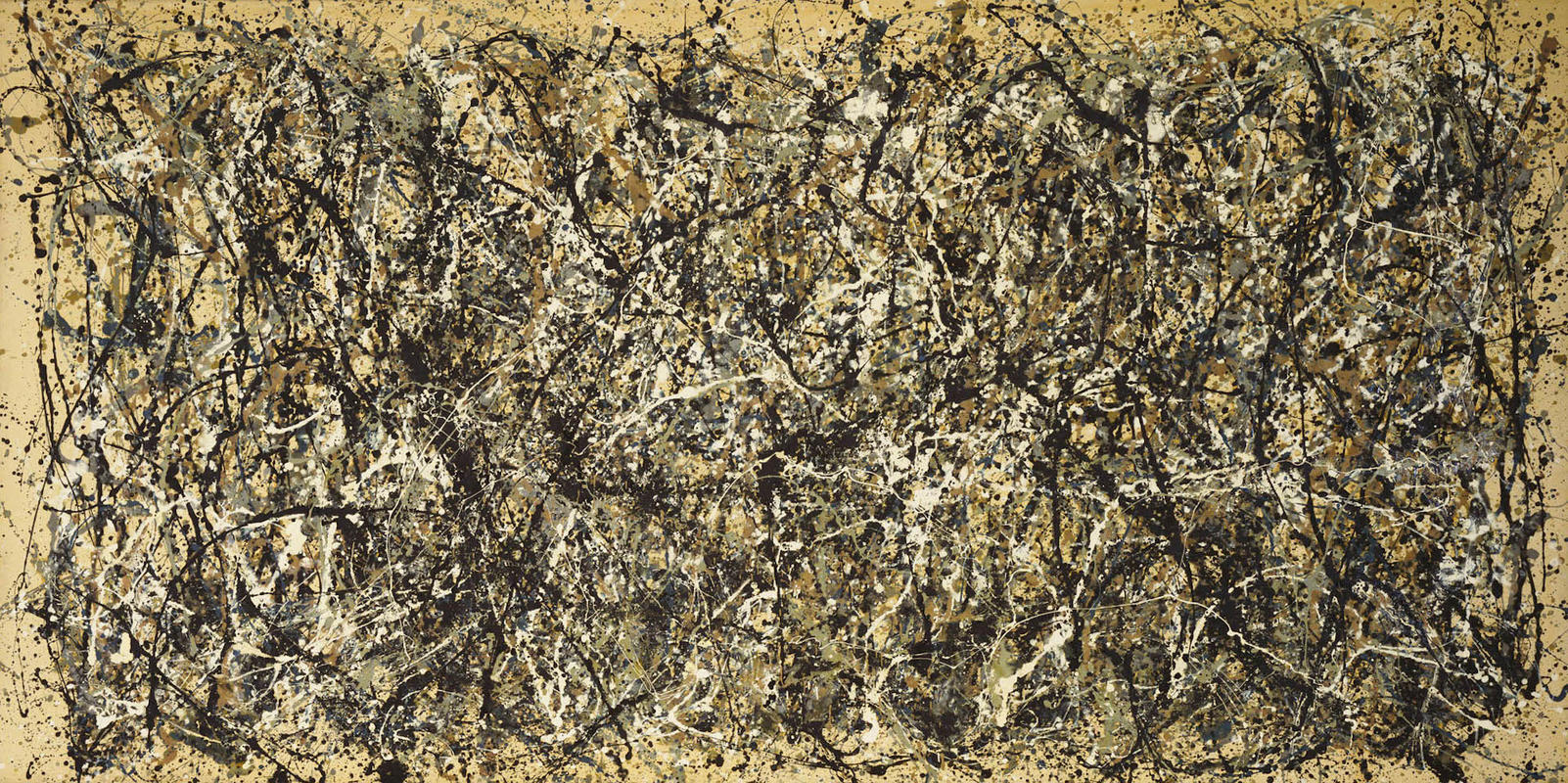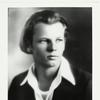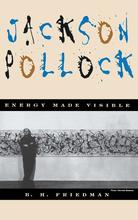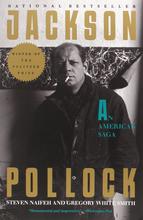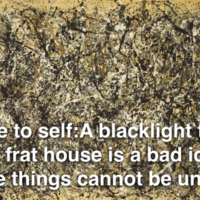More about One: Number 31, 1950
- All
- Info
- Shop

Contributor
No, you're not looking at a sidewalk full of bird poop. This is one of the most unique paintings of the last 100 years by the 20th century's resident bad boy, Jackson Pollock.
Jackson Pollock, in my humble opinion, is one of a kind. You can like his work or hate it, but you can’t deny that he stretched the boundaries further than many artists have.
One: Number 31 is an example of Pollock's drip technique (so literal, right?) and it is one of the largest at 9 feet high and 17 ½ feet across. Why did he pick the numbers instead of words for a title? Pollock felt that numbers were unbiased and neutral and “they force people to look at the picture for what it is – pure painting.”
Half calligraphy and half paint splatter, there is so much more skill and technique than at first appears. For instance try making one the same size and colors. You’ll quickly realize the amount of effort, patience, and practiced skill it takes. And not to mention back pain – Pollock did all his drip paintings with the canvas lying flat on the floor.
And interesting tidbit about One: Number 31: What you see at the museum might not be entirely Pollock. Conservators at the MOMA started a restoration to clean off the 50 years of grime and dust that collected in all the cracks and crevices of paint (how many q-tip boxes did they use?) and found something extra. During the X-ray portion of the exam they found parts of the painting that were not done with his typical house paint and in no way his style. A forgery perhaps?
Museum officials did their best Sherlock Holmes impression and learned that sometime after a photo taken of it in 1962 and before 1968 when it entered the MoMA’s exhibit, these changes happened. For those who don't know, Pollock died in 1956. So, they took the time to restore the painting fully, removing some of these additions, but they did leave the fly stuck in the paint in the right hand corner.
When you get the chance to see one of his drip paintings in person, try looking at the canvas from the side and see the thickness of the paint. Prepare to be harassed by one of the gallery cops – but it is well worth it to see the topography of his work. This also explains that pain in the cleaning of his work. I'll just hire a maid, thank you very much.

